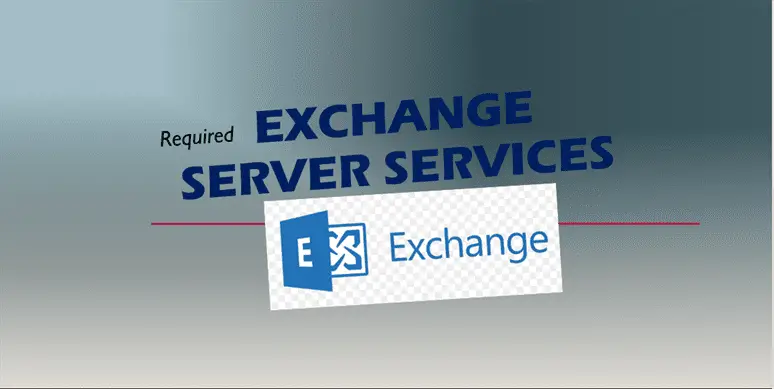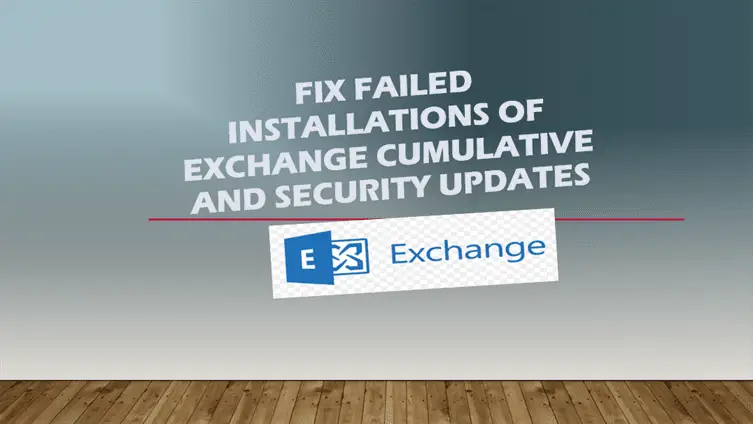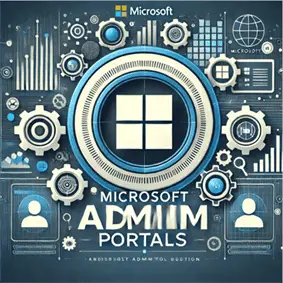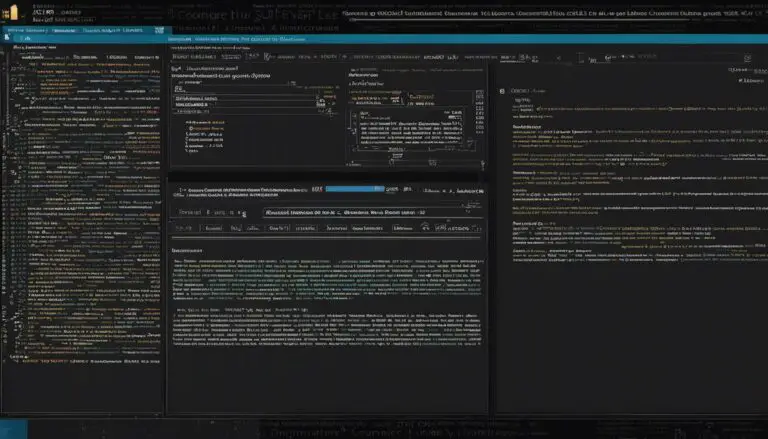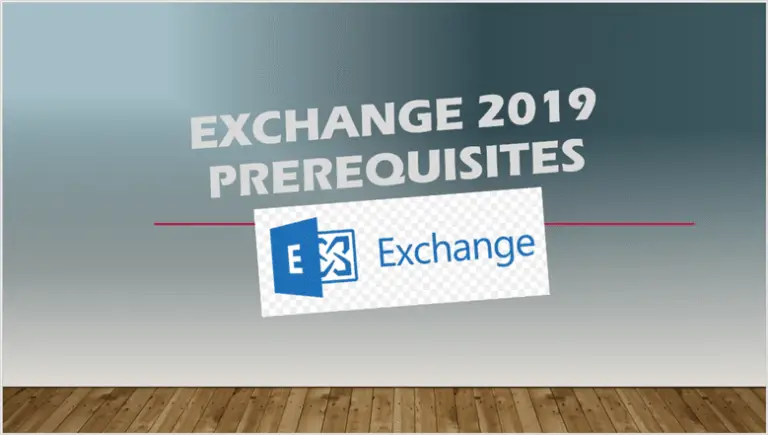Efficient Ways to Clear Cache in Outlook
Outlook clear Cache – avoid Outlook slowdowns by clearing the cache. Our quick guide shows you how.
Clear Cache in Outlook: Most people know what can happen if their computer’s memory gets overloaded. It slows down, doesn’t perform tasks as efficiently, and sometimes even crashes. The same thing can happen with software applications like Microsoft Outlook.
Just as our computers have a main memory, Outlook too has its own temporary storage, colloquially known as ‘cache’.
Much like how clearing out unnecessary files from your computer can speed it up, clearing the cache in Outlook can greatly enhance its performance.
This entails an understanding of what exactly cache is, its function, and the benefits we reap when we manage and clear it judiciously. Furthermore, comprehending the process of cache clearance is pivotal as it forms the largest part of this discussion.
Understanding Cache in Outlook
Unleashing Potency: Understanding Outlook Cache and the Power of Regular Cleaning
In traversing the digital highways of our modern tech-savvy world, actively embracing and understanding certain aspects of technology can significantly enhance the user experience. Among such aspects is the seemingly innocuous but strikingly powerful feature in Microsoft Outlook‘s sprawling ecosystem: the cache system.
Many of us use Outlook extensively – for both work and personal communication – but not everyone completely comprehends the concept of caching within this intricate platform. Essentially, cache within Outlook is a storage space where frequently accessed data is kept momentarily for swift retrieval.
When you open an attachment, view an email, or even browse your calendar, Outlook doesn’t waste time fetching the information from the server each time. Instead, it plucks these pieces from the cache, promoting a faster, smoother operation.
Comprehending this informative mechanism illuminates the importance of regular cleaning of this cache. Here’s why.
- Space Efficiency: As Outlook continues to store data in the cache, the space consumed might subtly inflate into colossal proportions, potentially impacting your device’s overall performance and storage capacity. Clearing cache, hence, liberates valuable space, ensuring efficient use of your hardware.
- Updated Information: Cached data may become outdated over time, failing to reflect the most current data in real-time. Regular cleaning helps maintain the data’s accuracy and currency, allowing for a flawless user experience.
- Reduced Errors: Clearing cache can solve several performance-related issues such as slow loading times or program freezes. It’s like hitting reset on nagging hiccups that sometimes make Outlook seem less efficient than expected.
So, how can you effectively purge your Outlook cache and unshackle the aforementioned benefits? Here are quick steps to guide you.
- Launch Outlook, then open the “File” tab at the top-left corner.
- Click on the “Options” tab in the dropdown menu. This action will lead you to a new window.
- On the left side, you’ll find an “Advanced” tab. Click on it.
- Scroll down to locate the “Outlook Start and Exit” section.
- Click on the “Empty Auto-Complete List” box.
- A confirmation dialog box appears, click “Yes.”
- To finish, click “Ok” on the Outlook Options box.
Voilà! You’ve refreshed your cache in Outlook, promising a smoothly functioning software. It’s the tech equivalent of spring cleaning, and trust us, your software needs it just as much as your home does.
In today’s fast-paced technological celestials, maintaining our software isn’t just an option but an active responsibility for optimal functionality.
Employing knowledge of aspects like Outlook’s cache system, and performing simple actions like cache clearing, can pave the way for a user experience sculpted to perfection. Always remember, understanding your tech platform is just as crucial as utilizing it.
A seasoned tech-hound or a novice user, no matter where you stand, clearing your Outlook cache is a hack worth mastering. Remember to dig into the corners of your tech softmax for a sleek, seamless navigation experience, and to bask in the glory of your trusty companion, Microsoft Outlook, running at its utmost efficacy.

Steps to Clear Cache in Outlook
Transitioning from the importance of regular cache cleaning in Outlook, let’s dive into the steps to achieve this task, which would result in space efficiency, updated information, and reduced errors.
The first step is to open the Outlook application. Once it has been launched, you’ll need to navigate to the “File” tab. This can be found at the top left corner of the Outlook interface.
Clicking on ‘File’ will display a drop-down list. From that list, select ‘Options’, which will be found on the lower left part of the screen.
After selecting ‘Options’, a new dialog box will appear titled ‘Outlook Options’. Navigate to the ‘Advanced’ tab in the dialog box.
As you scroll down under the ‘Advanced’ tab, you’ll land on the ‘Developers’ section in which you’ll find the ‘Empty Auto-Complete List’ button. This is where you’ll clear the cache in one go.
Click on this button, and a dialog box will appear asking you to confirm that you want to delete the Auto-Complete list. This is because once cleared, the action cannot be undone. Click ‘Yes’ to get rid of the cache data.
Once you’ve done that, remember to finish by clicking on the ‘OK’ button. This will save the changes and close the ‘Outlook Options’ dialog box. Now, your Outlook cache has been fully cleared, leading to your system regaining precious storage, and Outlook can now present you with fresh, updated information – all while minimizing errors.
It’s crucial to note that while this method clears the majority of your cache, if you want to clear specific cached data – such as cached email addresses – that requires a different approach. For instance, clearing cached email addresses involves going to the ‘Mail’ tab in ‘Outlook Options’, hitting ‘Empty Auto-Complete List’, and following the subsequent prompts.
Optimal use of technology often involves nuanced understanding of the tools at hand and the willingness to regularly maintain them.
Just as you would regularly maintain a mechanical device, regular clearing of cache from your digital applications not only offers enhanced performance but also ensures they serve you longer and better.
So, revel in your newfound knowledge of cache clearing and step ahead into a smoother Outlook digital experience.

Regular Maintenance of Outlook
The frequency at which the Outlook cache should be cleared is a question that often surfaces among tech enthusiasts. While there isn’t a universally agreed upon answer, principles of good digital hygiene suggest that you should clear your Outlook cache regularly but not obsessively.
Typically, a good rule of thumb is to cleanse your cache quarterly, aligning with the fiscal calendar for an easy point of reference.
Why is this frequency advisable? The answer lies in preserving the balance between performance and convenience. On one hand, clearing cache too often can hamper productivity.
Outlook uses the cache to store email addresses you frequently contact and other data for quicker access. If you clear the cache too frequently, these benefits are negated. On the other hand, overlooking cache clean-up for too long can burden your system with redundant or obsolete data, impacting Outlook performance.
Clearing the Outlook cache quarterly provides a Goldilocks balance. It’s frequent enough to prevent the cache from becoming bloated, but not so frequent that it nullifies the benefits of caching.
However, this recommendation isn’t one-size-fits-all. Individual usage patterns dictate unique cache cleaning needs. If you heavily use Outlook, monthly clean-ups might serve you better. Conversely, if you use Outlook sparingly, bi-annual clean-ups may suffice.
Remember, cache-clean ups are not obligatory chores but tools to enhance your Outlook experience. Use them judiciously to finesse your workflow, bolstering digital efficiency and effectiveness.
Think of them akin to a regular oil change for your vehicle; not always visibly impactful, but crucial for the smooth running of your digital machinery.
Tailoring your cache clearing frequency to align with personal usage patterns and adapting to changing needs is the name of the game. By doing so, you ensure that your Outlook experience remains streamlined and error-free.
Be proactive in maintaining your digital applications and you’ll reap the rewards of improved performance and productivity. Embrace technology and its maintenance as a powerful ally, rather than a burdensome adversary.
Tech enthusiasts don’t just consume technology, they engage with it, understand it, and optimize it for their ends. Clearing your Outlook cache with the right frequency is one way to do exactly that.

It is evident that the process of cache clearance is not an overly complicated one, and proves immensely beneficial for the smooth functioning of the Outlook application.
It not only resolves existing issues but also acts as a preventive measure against potential glitches. To say nothing of the fact that it saves significant storage space.
Therefore, it’s not just about reacting when problems arise, but it’s about taking a proactive approach to maintain the application, which includes clearing the cache periodically. Just as a well-maintained car runs smoother and lasts longer, the same is true for well-maintained software.
So, make it a part of your routine to clear your cache and let your Outlook application run at its highest potential.

